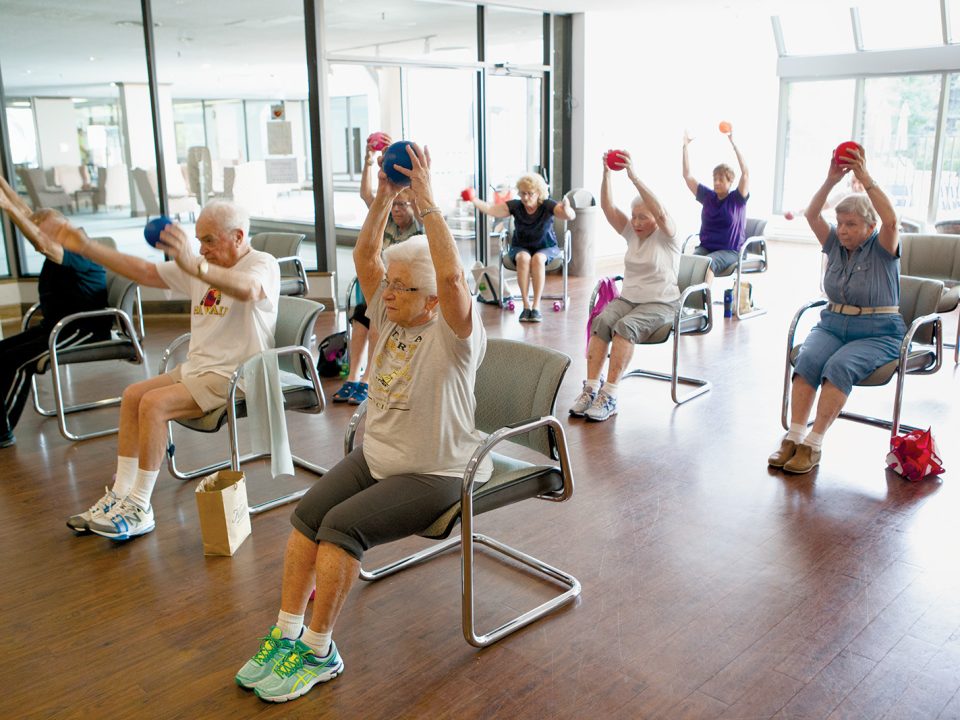
My best friend is a nurse and let me tell you why that makes her a real-life superhero
April 14, 2019
WHO releases first guideline on digital health interventions
April 26, 2019How to: managing cultural diversity in community care

How to: managing cultural diversity in community care
Current predictions are that by 2021, one in three seniors will have been born outside Australia. Jenny Bray outlines strategies for community care providers and their staff to achieve cultural competency.
We often think of culture through the diversity indicators of country of birth and language spoken at home, but it’s actually much more complex than that. Culture involves our values, attitudes and beliefs. It shapes the way we see the world. What one sees as ‘respect’ or ‘disrespect’ is dependent on one’s cultural view. We also embed our cultural view in the way we try to shape the world, through formal and informal education, law, policy, workplace culture and more.

Jenny Bray
Services often jump straight into service adaptations based on the visible parts of culture – those things that are expressed through behaviour, such as language, food, dress and the expression of cultural celebrations. But often it’s the invisible aspects of the client’s culture and the service culture that generate a lack of cultural safety. Cultural safety describes a situation where clients can feel comfortable, accepted, and able to express themselves culturally, knowing that they are understood and do not need to explain themselves.
For instance, an organisation’s policies might prohibit anyone other than a service user being transported by a worker in the agency’s vehicle. But the service user may be from a particular Aboriginal community where resources are expected to be shared, and where a car with spare seats going from community to town is nonsense. If the worker is from the same cultural group as the client, they may well be put under significant cultural pressure to adhere to the community values, while under workplace pressure to maintain policies and procedures. Sticking to the organisation’s policy – which is an expression of a dominant cultural view, albeit embedded all the way into an insurance policy – may well damage the very engagement that the bicultural worker was employed to develop in the first place.
Cross-cultural environments
Planning service adaptations based on adjustments such as language and food relies an unspoken assumption that the ‘mainstream’ is static and largely monocultural (Anglo/Celtic). In fact, the mainstream is increasingly culturally diverse, and cross-cultural environments are ‘the norm’ in everyday service delivery. A 2012 report by the National Institute of Labour Studies identified that one in four workers in community care is fluent in a language other than English (this includes second generation Australians who speak their parent’s first language as well as English). This adds to the complexity of cross-cultural contexts within community aged care. Cultural diversity in your workforce is a significant asset to an organisation. A culturally diverse workforce assists an organisation to achieve cultural safety for service users.
Yet challenges will still be encountered. An organisation wanting to move with the reality that Australia is an increasingly culturally diverse nation will need to be prepared to engage in cross-cultural dialogue and to change culturally, as much as it is trying to influence others culturally.
For example, workers who share a cultural background with their clients have said in my training sessions that they can be expected to participate in the cultural life of the service user and their family in ways that may stretch an organisation’s policies on professional boundaries. Initiatives for wellness and reablement will require organisations to innovate if bicultural workers, the client, their family and community have bound the notion of ‘doing for’ with their cultural expression of filial piety and respecting elders.
Building organisational cultural competency
Developing organisational cultural competency should be a core continuous quality improvement process. Cultural competency refers to a set of congruent attitudes, behaviours and policies that come together to enable an agency and its workers and volunteers to work effectively in cross-cultural environments. To be effective, cultural competency must exist throughout the organisation – from frontline workers through to executive officers and boards; from policies and procedures through to work practices and workplace culture. The goal is that system is able to step beyond the bounds of a particular cultural interpretation in order to work effectively in any context of diversity.
Developing a cultural competency plan means assessing and addressing each expected outcome of the standards according to the degree to which it could be interpreted and achieved in diverse cultural contexts. Organisations and the individuals within them must develop the capacity to do each of the following.
1. Value diversity
Examples at the individual level include recognising that cultural diversity provides benefits and strengths to society, and that working in cross-cultural contexts is an enriching life experience.
Examples at an organisational level include actively seeking to develop a culturally diverse board, workforce and volunteer base; engaging with diverse cultures within the community; and being prepared to fundamentally diversify workplace culture.
2. Conduct a cultural self-assessment
Individual examples include recognising that each of us has a culture and it shapes our values, beliefs and view of the world. When encountering cultural difference, it means recognising that it is the client’s cultural view that prevails, and the worker and organisation need to make adaptations.
Look to the cultural diversity clearing houses and ethno-specific organisations for examples of strategies for how to negotiate tricky terrain such as where a cultural view does not sit comfortably with, say, a reablement strategy, or with non-negotiable expressions of mainstream culture, such as program guidelines, regulations or laws.
An organisational example would be conducting a cultural competency audit or self assessment. There are plenty of self-assessment tools available (including from the Australian context) to assist this process.
3. Manage the dynamics of difference
An individual example includes considering cultural difference as being involved when misunderstandings occur, or where the client disengages. Working in community care means being prepared to learn and work within cultural interpretations that may not be your own.
Organisational examples include being prepared to grapple with the challenges that cultural difference offers to long held notions of ‘business as usual’. And being prepared to respond to the dynamics of difference by amending policies or changing customs and protocols that were never previously thought of as being expressions of a dominant culture.
4. Acquire and institutionalise cultural knowledge
At the individual level keep learning about different cultures – particularly the cultures of the clients you support. At the organisational level, knowledge management will need to extend to managing cultural knowledge. Keep active connections with cultural communities in the local area. Don’t allow this important aspect to be based on the interest of one or two individuals, but a core networking requirement of the organisation. Join your local peak body representing the principles of multiculturalism, or forming active relationships and partnerships with ethno-specific organisations and associations in your local area.
5. Adapt to the contexts of the individuals
Put what you learn into practice at both the individual and organisational level. If the organisation has approached the expected outcomes of community understanding and engagement, and service user complaints and feedback with the rigor of cultural competency, then the service responses will be obvious, although not necessarily without challenge.
Originally Posted on August 20, 2015 in Community Care Review










